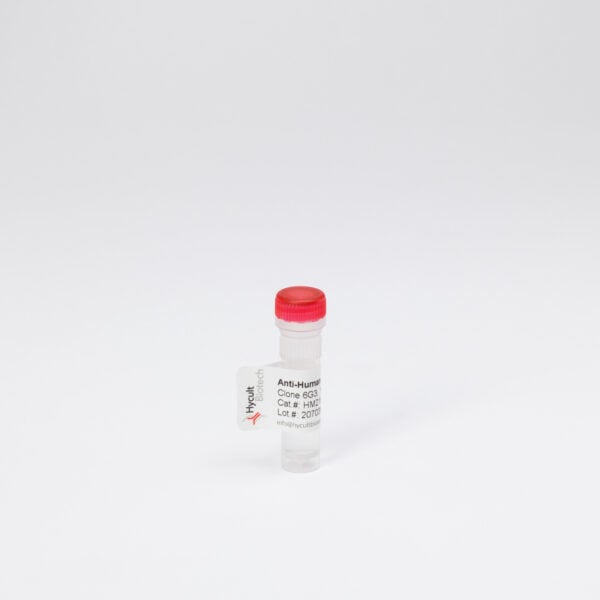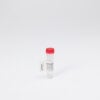LL-37/CAP-18, Human, mAb 3D11
€133.00 – €1,245.00
Cationic antimicrobial peptides, such as cathelicidins play important roles in the defense against infections by eliminating a wide range of pathogens. hCAP-18/LL-37 is the only cathelicidin identified in humans and it is produced by neutrophils, monocytes, mast cells, and epithelial cells. It is stored in these cells as a propeptide, which can be cleaved extracellularly by enzymes like proteinase 3, resulting in the formation of LL-37 and a cathelin part. LL-37 is an amphipathic a-helical peptide that can affect both planktonic bacteria and those residing in biofilms, viruses such as HIV and fungi, and it can neutralize LPS and lipoteichoic acid (LTA). In addition to its antimicrobial actions, LL-37 participates at the interface of innate and adaptive immunity by modulating cytokine and chemokine production by a range of cell types, chemoattracting various immune effector cells and mesenchymal stem cells, regulating autophagy in conjunction with vitamin D, and stimulating angiogenesis and wound healing. LL-37 does not only kill bacteria, but can also modulate (suppress) neutrophil apoptosis via the activation of FPRL1 and P2X7 in bacterial infections. Suppression of neutrophil apoptosis results in the prolongation of their life span, and may be advantageous for host defense against bacterial invasion. Moreover, it functions as a chemotactic agent for neutrophils, monocytes and T cells. LL-37 is markedly resistant to proteolytic degradation and to a limited extent also cytotoxic towards mammalian cells. The antibody detects both free LL37 (MW 4 kDa)and complete hCAP18 (MW 19 kDa). The monoclonal antibody 3D11 can be used for neutralizing the function of LL-37. The ability of mast cells to kill pneumococci was significant attenuated using the monoclonal antibody 3D11.
IF: Antibody was used on isolated neutrophils fixed with PMA on lysinated glass slides and blocked with PBS-5% goat serum-1% BSA.
P: Paraffin sections were deparaffinized, rehydrated and endogenous peroxidase was quenched using 0.3% H2O2 in methanol for 20 min. After antigen retrieval sections were incubated with 1.5 ug/ml antibody.






